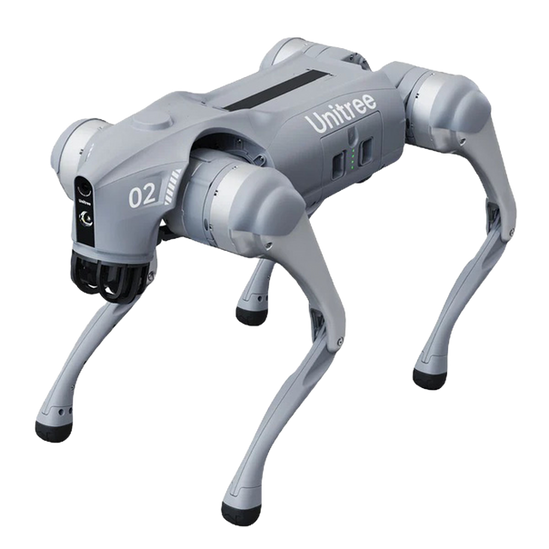Deep Learning
A subset of machine learning that uses neural networks with many layers to model complex patterns in data.
Deep Learning, as a specialized subset of machine learning, has revolutionized how we approach complex data processing and pattern recognition. By grasping terms like Deep Learning, individuals can better appreciate the technological advancements shaping the modern world, from autonomous vehicles to personalized healthcare tools.
What is Deep Learning?
Deep Learning is a subset of machine learning that uses neural networks with many layers to model complex patterns in data. At its core, Deep Learning mimics the way human brains operate through interconnected neurons, allowing machines to learn from large amounts of unstructured data. This technology excels at discerning intricate relationships in datasets that might be too complicated for traditional algorithms, making it an essential tool in various fields such as image recognition, natural language processing, and beyond.
Key Concepts:
Neural Networks: Computational models inspired by the human brain, composed of layers of interconnected nodes (neurons) that process data.
Training and Testing: The process of feeding a neural network data, adjusting its parameters based on performance (training), and evaluating its accuracy on unseen data (testing).
Activation Functions: Mathematical functions applied to the output of neurons, helping the model decide whether to transmit the signal forward.
Overfitting and Underfitting: Overfitting occurs when a model learns the training data too well, capturing noise rather than underlying patterns. Underfitting happens when a model is too simplistic, failing to capture relevant trends.
Backpropagation: A method used to improve the accuracy of a neural network by minimizing error through a gradient descent algorithm.
Applications and Relevance:
Image Recognition: Used in systems for facial recognition, autonomous vehicles, and medical diagnosis through the analysis of medical images.
Natural Language Processing (NLP): Powers voice assistants, chatbots, and language translation services by understanding and generating human language.
Recommendation Systems: Employed in platforms like Netflix and Amazon to suggest movies or products based on user preferences and behavior.
Game Development: Enhances AI opponents in video games to create more realistic and adaptive behavior.
Finance: Utilized for algorithmic trading and fraud detection by analyzing large volumes of transaction data.
Challenges and Considerations:
Data Requirements: Deep Learning models often require vast amounts of labelled data for effective training, which can be difficult and costly to obtain.
Computational Power: Training deep neural networks demands significant computational resources, making it challenging for smaller organizations or individual researchers.
Interpretability: Deep Learning models can act as “black boxes,” with complex internal workings that are difficult to interpret, raising concerns in fields requiring explainable outcomes, like healthcare and finance.
Bias and Fairness: If training data is biased, the resulting models can perpetuate or amplify these biases, raising ethical considerations about fairness and equity.
Future Trends and Innovations:
Transfer Learning: Techniques allowing models trained on one task to be adapted for another, reducing the need for extensive data and computation.
Federated Learning: A decentralized approach where models are trained across multiple devices, allowing data privacy while still benefiting from shared knowledge.
Explainable AI (XAI): Increased focus on developing methods to better interpret and understand the decision-making processes of Deep Learning models.
Edge Computing: The deployment of Deep Learning models on edge devices (like smartphones and IoT devices), making AI more accessible and responsive.
Integration with Other Technologies: Combining Deep Learning with other advancements, such as blockchain or augmented reality, to create innovative applications.
Deep Learning stands at the forefront of innovation in artificial intelligence, significantly impacting various domains through its ability to model complex patterns and derive meaningful insights from large datasets. As technology continues to evolve, understanding Deep Learning will be pivotal in harnessing its full potential, solving real-world problems, and advancing our capabilities across multiple industries. Embracing these advancements not only enhances our technological landscape but also influences our everyday lives in profound ways.














